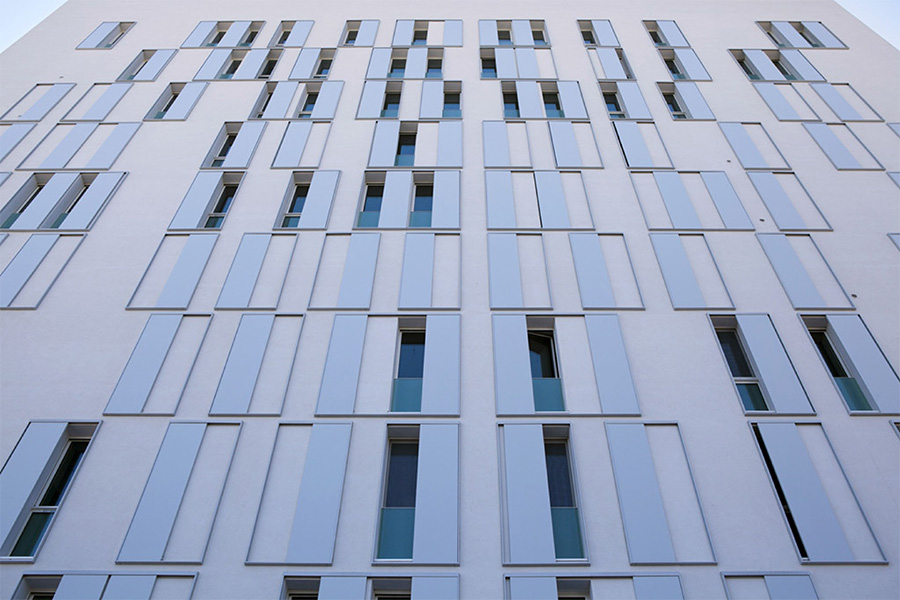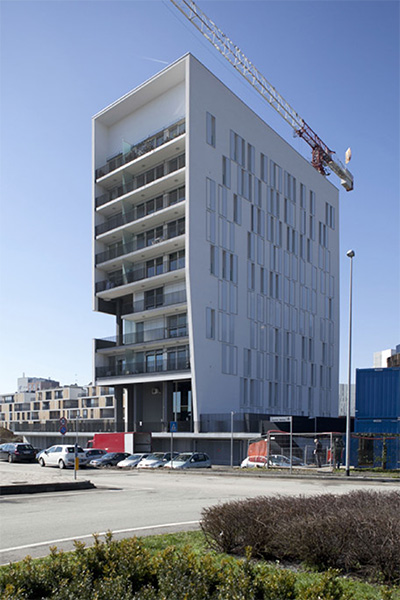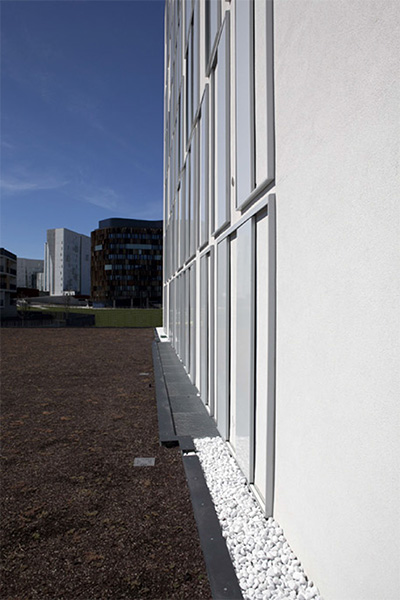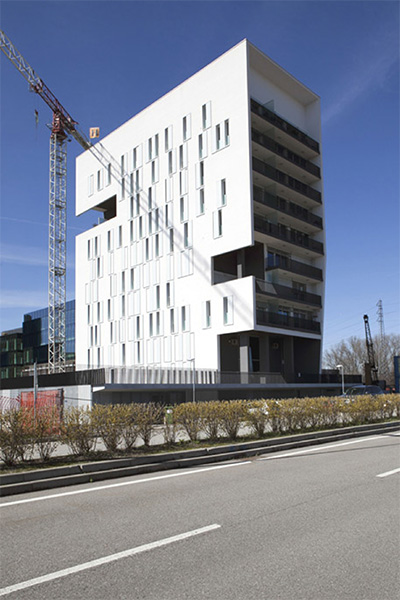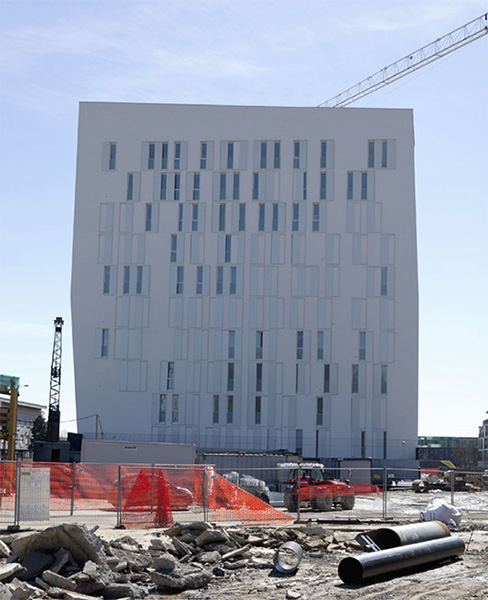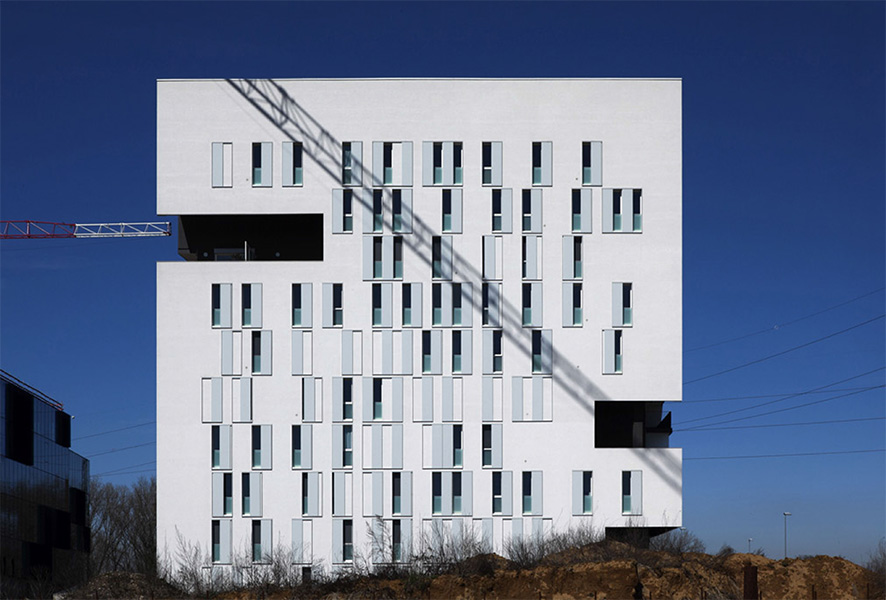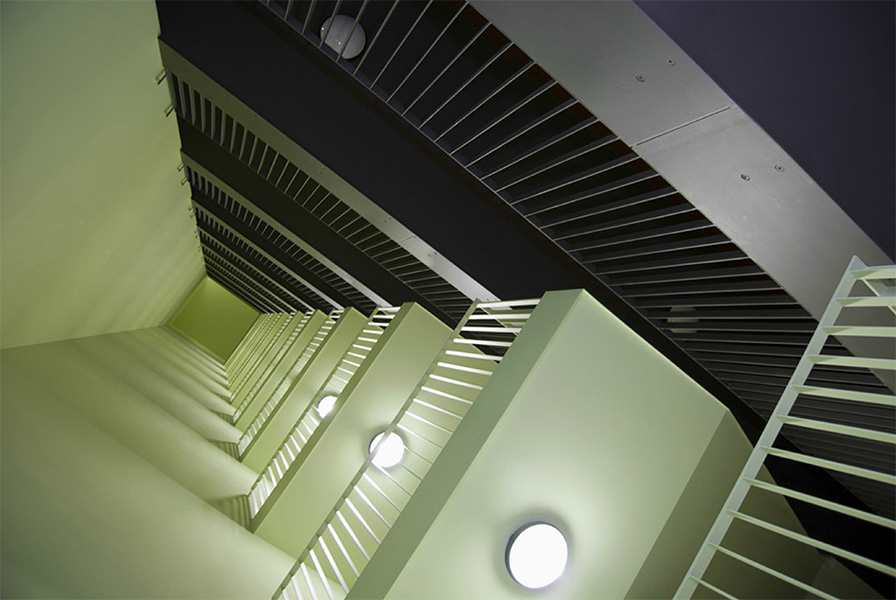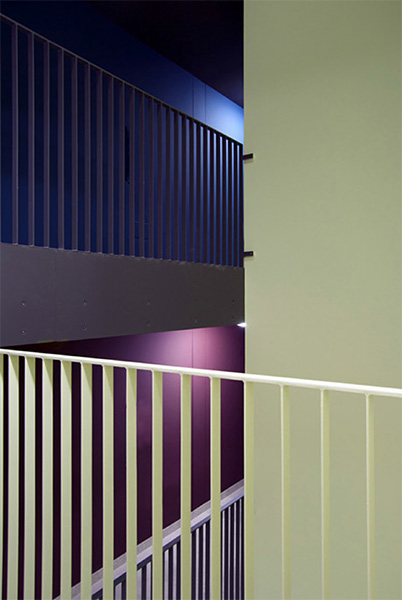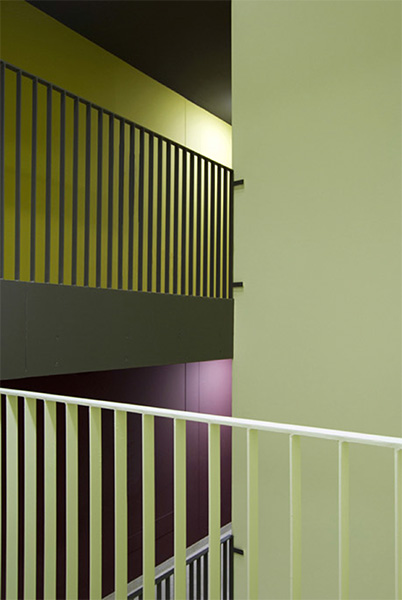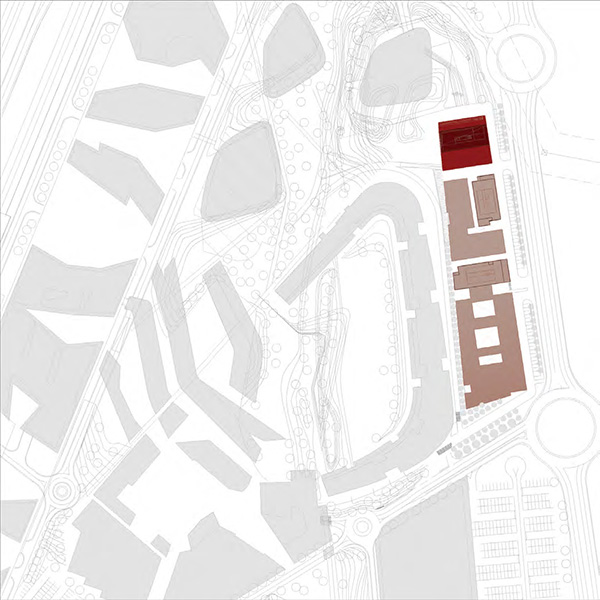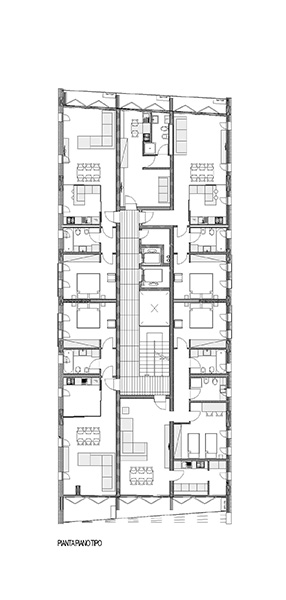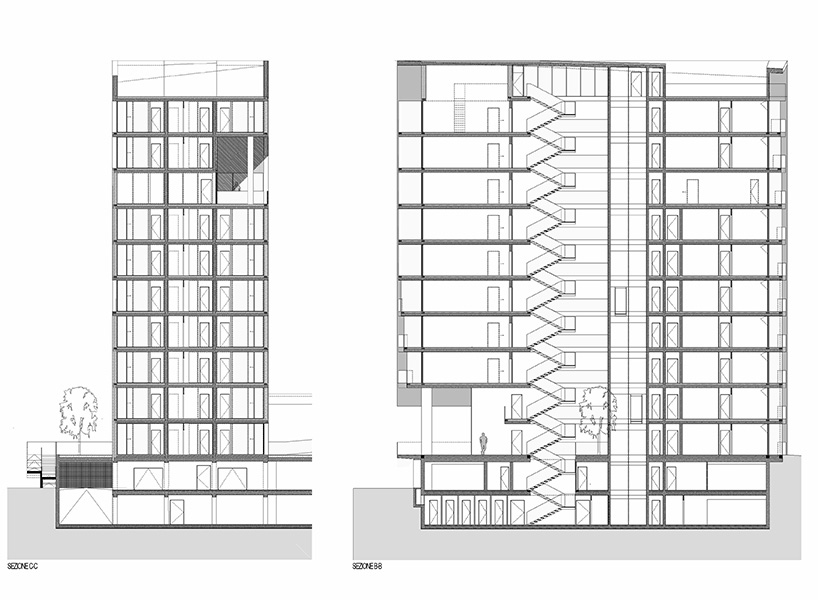NAME
Designer or design team: Abda S.r.L. architetti Botticini De Appolonia e Associati (Camillo Botticini, Giulia De Appolonia)
The project has been submitted by: Giulia de Appolonia
Plot area: 1.850 mq
Gross Area :3.553,34 mq
Of which
Residential: 100%
Public/communal areas: 0
Facilities for the public: 0
Business/trade: 0
Offices: 0
Number of residential units: 47
Typology of users: families
Total building costs: 5.900.000,00 €
Building Cost = Total Building Cost / Gross Area: 1.660,40 €/mq
Floor area ratio = Gross Area / Plot Area: 1,92
Work started on date: Thursday, 8th July 2010
Work completion date: Tuesday, 31st July 2012
OWNERSHIP
Milanofiori 2000 srl
Promoter: Milanofiori 2000 srl
Allotment rule: Edilizia convenzionata
Reduction cost percentage compared to the market value: 0%
LOCATION
Country: Italy
City/town: Assago (MI)
Address: via Cascina Venina

